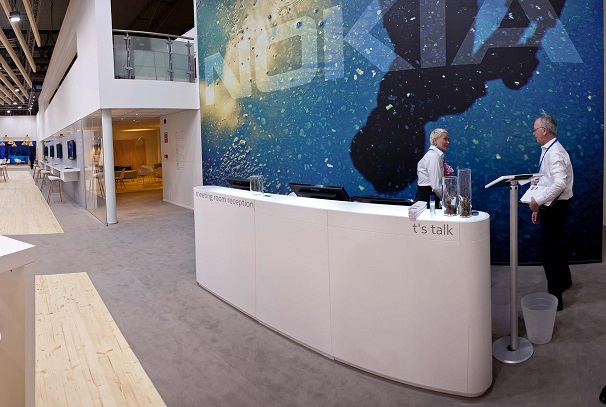Nokia Networks has revamped its mobile fronthaul solution in an attempt to boost centralised RAN deployments.
The vendor said deployments to date have been hamstrung by high costs, complexity in managing them in a scalable manner, and ensuring their performance is high enough to shift traffic between remote radioheads and centralised baseband equipment.
The new 1830 range of five Versatile WDM module optical platforms offer low levels of power consumption and footprint, while offering maximum reach.
The products increase fibre capacity by using wavelength-division multiplexing to combine multiple wavelengths onto a single fibre. Nokia said this reduces capex by up to 32 percent compared to using dark fibre alone.
Dimitris Mavrakis, Principal Analyst, Intelligent Networks, Ovum, said: “Radio network densification is one of the structural evolutions operators are now assessing on the journey to 5G, and while centralized RAN is a key element of this, mobile fronthaul is a key challenge. We are estimating that global spending on mobile fronthaul equipment will grow annually by 24 percent to US$1 billion by 2020.
“Nokia has positioned itself for this opportunity by offering operators a compelling, cost-effective transformation platform that meets the strictest CPRI/OBSAI requirements while reducing cost and power consumption and simplifying operations by providing full visibility and management of the fronthaul network.”
Sam Bucci, Senior Vice President and General Manager of Optical Networking at Nokia, said: “Recognising the need of mobile operators to move to centralised RAN architectures, we have been collaborating with some of the largest operators in the world to expand the 1830 VWM portfolio.
“Through 30-plus customer engagements, we’ve been able to develop a toolkit that will successfully tailor our fronthaul solution to fit any number of deployment scenarios.”


